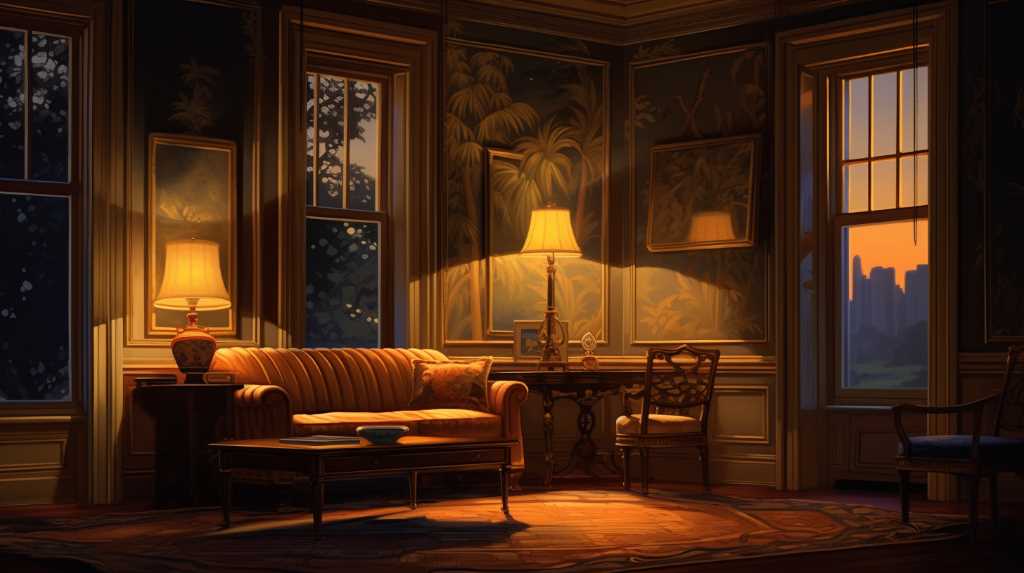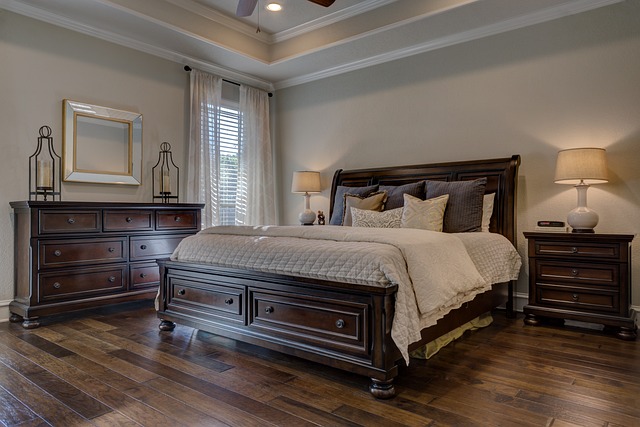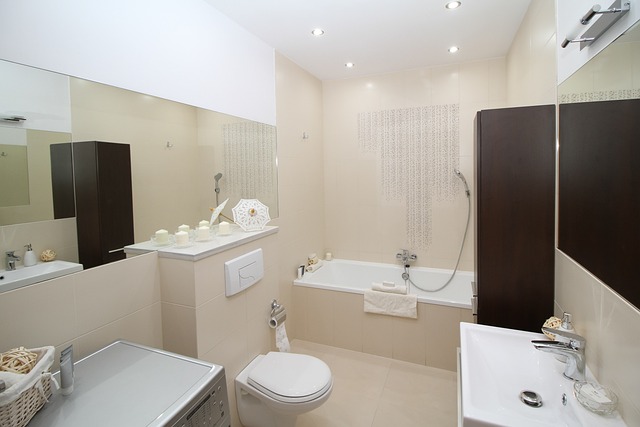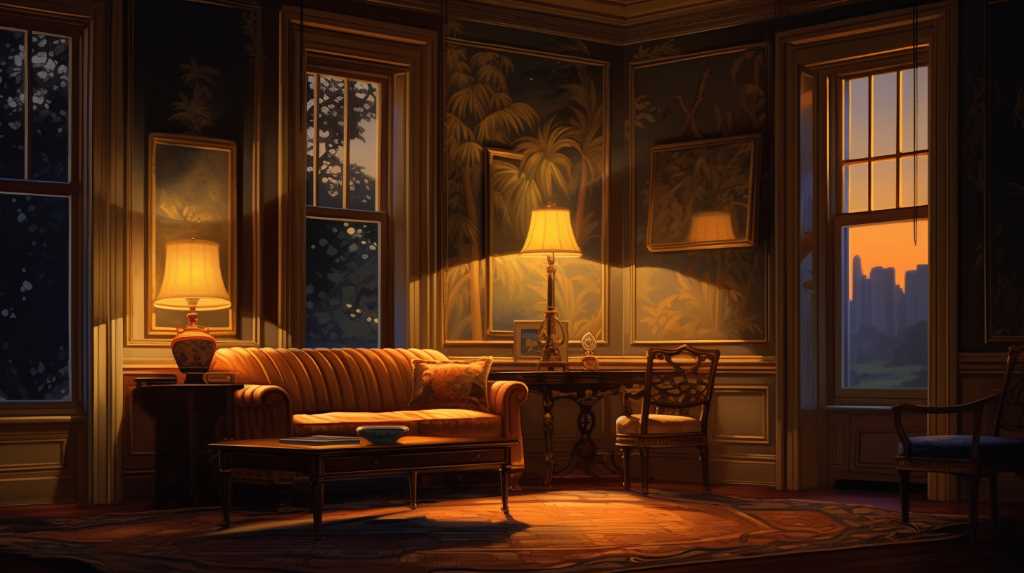Lighting Secrets: Unveiling True Colors in Design

Are you feeling disappointed with your latest design project? Do you struggle to accurately perceive colors and materials? Look no further! In this article, we’ll unveil the secrets of lighting and its profound impact on color perception in design. From store lighting distorting colors to direct sunlight washing out hues, the right lighting can make or break your project.
By understanding how different lighting conditions affect appearance, you can ensure accurate and visually appealing design choices. Get ready to uncover the secrets of lighting and unveil true colors!
Key Takeaways
- Store lighting can distort color perception.
- Proper lighting allows for the true colors and materials to be seen.
- Always get a sample before making decisions.
- View the sample at different times of day and with different lighting conditions.
The Impact of Lighting on Color Perception
When viewing samples, make sure to consider the lighting conditions in which they’ll be seen to accurately assess the impact of lighting on color perception. Store lighting can distort colors, while direct sunlight can wash them out. Dim lighting can cause you to miss the nuances and accents of color.
Even digital light on screens can be deceptive, and the quality of the screen affects the accuracy of colors seen online. Lighting has a dramatic influence on color, so different lighting conditions can change the appearance of colors and materials. It’s important to remember that proper lighting allows for the true colors and materials to be seen.
Importance of Proper Lighting
Make sure you bring the sample into your own environment and view it under project lighting conditions, so that you can accurately assess the importance of proper lighting. Proper lighting plays a crucial role in design, allowing you to see the true colors and materials. Without the right lighting, the final project may not turn out as expected, leading to disappointment.
Lighting reveals the subtleties and variations in color and material, helping you make informed decisions. When viewing samples, it’s essential to consider the lighting conditions in which they’ll be seen. Take the time to view the sample at different times of day and with different lighting conditions to ensure you don’t miss any color variations.
Seek professional expertise, like an interior designer, to guide you in creating a balanced palette. By understanding the importance of proper lighting, you can make better choices for your projects.
Tips for Viewing Samples
You should always get multiple samples and arrange them in different ways to achieve a balanced palette. When it comes to viewing samples, it’s crucial to bring them into your own environment and see how they look under project lighting conditions. If that’s not possible, find a place with appropriate lighting where you can assess the samples.
Remember to view them at different times of the day and with different lighting conditions to truly understand their appearance. To create a cohesive color palette, it’s important to keep all the samples together. Use small samples for small items and larger samples for items with patterns. Cut or fold samples to better understand scale and pattern repetition.

Common Mistakes to Avoid
Here is information about the common mistakes to avoid in viewing samples under different lighting conditions will provide valuable insights for your design projects. It’s important to understand that many people overlook the importance of viewing samples in the right light. Skipping the step of getting a sample can lead to poor color and material choices.
Not considering the final lighting conditions can result in disappointment. Neglecting to view samples at different times of day can cause missed color variations. Failing to keep all samples together can make it difficult to create a cohesive color palette. To avoid these mistakes, always get a sample before making decisions.
Bring the sample into your own environment to view it under project lighting conditions. If unable to bring the sample home, find a place with appropriate lighting. View the sample at different times of day and with different lighting conditions. Keep all samples together to create a balanced palette. Seek professional expertise, such as an interior designer, when viewing samples.
Recommendations for Sample Viewing
To ensure accurate color representation, bring the sample into your own environment and view it under project lighting conditions. Taking the sample home allows you to see how it looks in the lighting that will be present in your space. If bringing it home isn’t possible, find a place with lighting similar to your project environment.
It’s important to view the sample at different times of day and under different lighting conditions to see how it may vary. Keeping all your samples together helps create a balanced palette and allows you to compare them easily. If you’re unsure about how the sample will look in your space, consider seeking professional expertise, such as an interior designer, who can provide guidance.
Proper sample viewing ensures that you make informed decisions and avoid disappointment in the final project.
The Role of Professionals in Lighting Design
Interior designers play a critical role in lighting design by ensuring that the right fixtures and bulbs are chosen to create the desired ambiance. They understand the importance of proper lighting in showcasing the true colors and materials of a space.
By considering different lighting conditions, they can prevent color distortions and help you avoid disappointment in the final project. When viewing samples, interior designers can provide valuable expertise in assessing how colors and materials will appear under project lighting conditions. They can guide you in arranging samples to create a balanced palette and help you understand the scale and pattern repetition through cut or folded samples.
Creating a Harmonious Color Palette With Lighting
When selecting lighting fixtures, consider how they’ll interact with your chosen color palette to create a harmonious ambiance. The right lighting can enhance the colors in your space and bring out their true beauty. On the other hand, the wrong lighting can make your colors appear dull or washed out.
To ensure that your lighting and color palette work together seamlessly, it’s important to view samples in different lighting conditions. Take the samples into your own environment and see how they look under project lighting. If that’s not possible, find a place with similar lighting to get a better understanding of how the colors will appear.

Frequently Asked Questions
How Does Store Lighting Impact Color Perception?
Store lighting distorts color perception. Direct sunlight washes out colors. Dim lighting misses nuances and accents. Digital light on screens deceives. Different lighting conditions change appearance. Proper lighting reveals true colors and materials.
What Are the Effects of Direct Sunlight on Color Perception?
Direct sunlight can wash out colors, causing them to appear less vibrant and true. It’s important to consider the effects of sunlight when viewing samples and making color choices for your project.
How Does Dim Lighting Affect the Nuances and Accents of Color?
Dim lighting can make it hard to see the nuances and accents of color. It can cause colors to appear dull and muted, making it difficult to appreciate the true beauty and intricacies of a design.
Can Digital Light on Screens Be Deceptive When It Comes to Color Accuracy?
Yes, digital light on screens can be deceptive regarding color accuracy. Different lighting conditions can change the appearance of colors, so it’s important to view samples under project lighting conditions for accurate representation.
What Is the Role of Professionals, Such as Interior Designers, in Lighting Design and Creating a Harmonious Color Palette?
Interior designers play a crucial role in lighting design and creating a harmonious color palette. They have the expertise to understand how different lighting conditions can affect colors and materials, ensuring that the true colors are revealed and the final project is visually pleasing.
Conclusion
In conclusion, understanding the impact of lighting on color perception and taking the necessary steps to view samples under proper lighting conditions can ensure accurate and visually appealing design choices. Avoiding common mistakes and seeking professional expertise can help create a harmonious color palette with lighting. Do not overlook the importance of lighting in your design projects. It can truly unveil the true colors and enhance the overall aesthetic.

